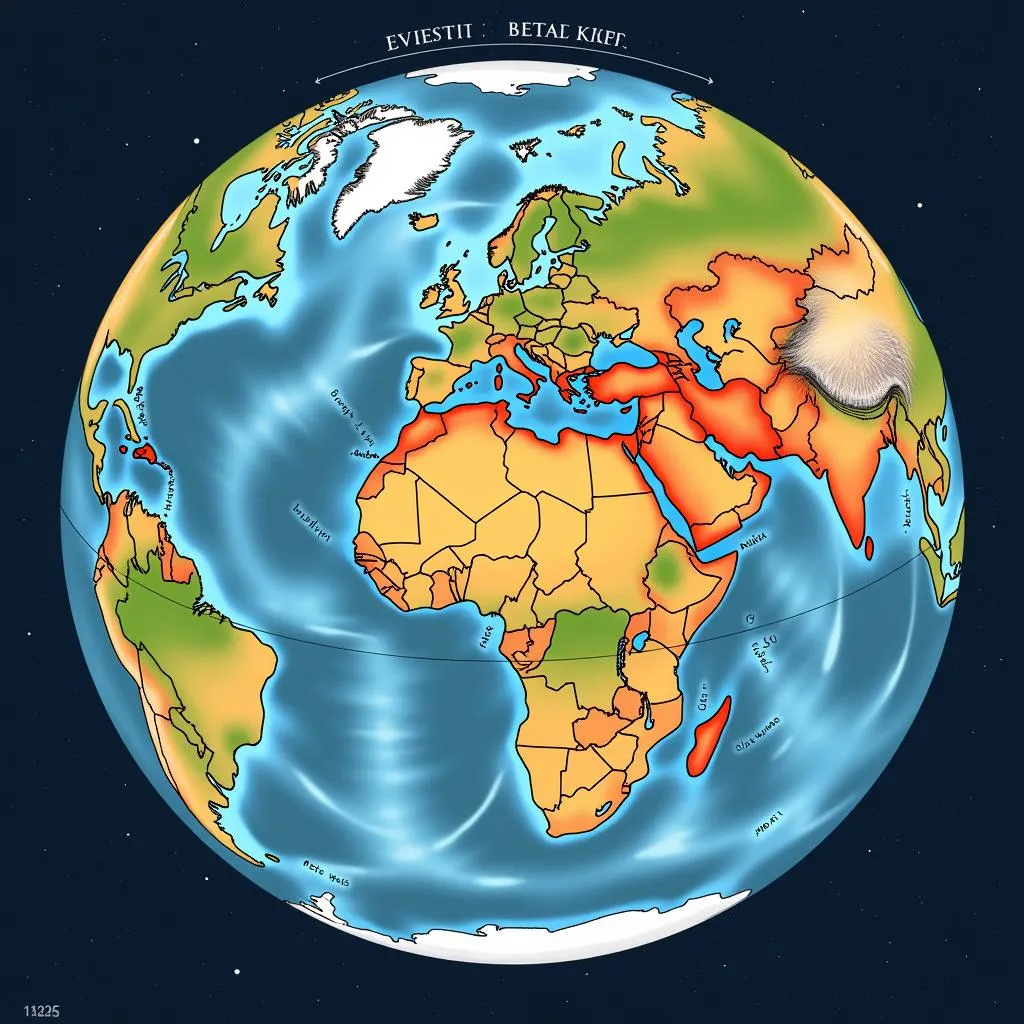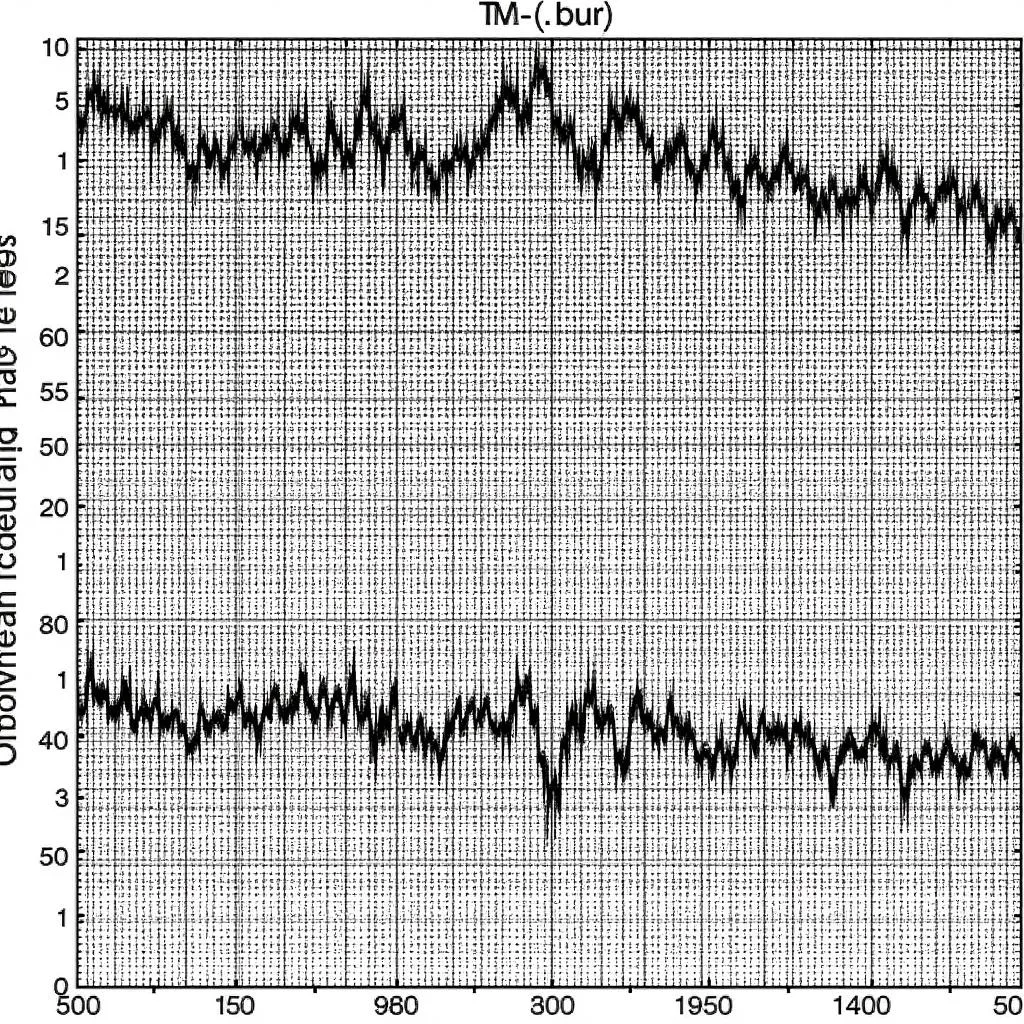The Bulletin of the Seismological Society of America (BSSA) stands as a cornerstone for scientific understanding of earthquakes and seismic activity. Published bimonthly since 1911, the BSSA offers a platform for researchers and experts worldwide to share their latest findings, analysis, and advancements in the field of seismology.
 Image depicting the Earth's tectonic plates and fault lines
Image depicting the Earth's tectonic plates and fault lines
Delving into the Depths of Seismological Research
The BSSA covers a wide array of topics, encompassing the entire spectrum of seismological research. From the intricate mechanisms that trigger earthquakes to the development of cutting-edge technologies for earthquake prediction and hazard assessment, the journal offers valuable insights into this ever-evolving field.
The journal’s contributions extend beyond purely scientific understanding. Articles often delve into the societal impact of earthquakes, exploring topics like earthquake engineering, seismic risk mitigation, and the development of effective early warning systems. This holistic approach underscores the BSSA’s commitment to bridging the gap between scientific knowledge and practical application for the betterment of humanity.
Unraveling the Mysteries of Earth’s Rumbles: Key Areas of Focus
Tectonic Plates and Earthquake Genesis
A significant portion of the BSSA’s research focuses on the study of tectonic plates, the massive slabs of rock that make up the Earth’s lithosphere. By analyzing the movements and interactions of these plates, scientists can gain a deeper understanding of the forces that cause earthquakes. The journal features groundbreaking research on fault zones, areas where tectonic plates grind against each other, leading to the accumulation of stress that is ultimately released as seismic waves.
Seismic Waves: Deciphering Earth’s Vibrations
Seismic waves, the vibrations that propagate through the Earth during an earthquake, are another key area of study. The BSSA publishes research on the different types of seismic waves, their characteristics, and how they travel through various geological formations. This information is crucial for understanding the destructive potential of earthquakes and for developing accurate earthquake location and magnitude estimations.
 A seismograph recording seismic waves from an earthquake.
A seismograph recording seismic waves from an earthquake.
Earthquake Engineering and Hazard Mitigation
Recognizing the profound impact of earthquakes on human societies, the BSSA dedicates considerable attention to earthquake engineering and hazard mitigation. This encompasses the design and construction of earthquake-resistant structures, as well as the development of strategies to minimize damage and loss of life during seismic events. The journal showcases innovative approaches to building codes, urban planning, and emergency response systems, all aimed at creating safer and more resilient communities in earthquake-prone regions.
The BSSA: A Beacon of Knowledge and Collaboration
The Bulletin of the Seismological Society of America serves as a vital platform for disseminating cutting-edge research, fostering collaboration among experts, and advancing our understanding of earthquakes. By providing valuable insights into the causes, effects, and mitigation of seismic hazards, the BSSA plays a crucial role in building a safer and more resilient future for humanity.
FAQ
1. What is the main focus of the Bulletin of the Seismological Society of America?
The BSSA focuses on publishing peer-reviewed research related to seismology, including earthquake science, engineering, and societal impacts.
2. Who are the target audiences for the BSSA?
The BSSA targets seismologists, geophysicists, engineers, policymakers, and anyone interested in understanding earthquakes and their consequences.
3. How often is the BSSA published?
The Bulletin of the Seismological Society of America is published bimonthly, with six issues released each year.
4. Can I access the BSSA online?
Yes, the BSSA offers online access to its articles through its website and various scientific databases.
5. How does the BSSA contribute to earthquake preparedness?
By publishing research on earthquake science, engineering, and hazard mitigation, the BSSA provides valuable knowledge to improve earthquake preparedness and reduce risks.
For any inquiries or assistance, please contact us:
Phone Number: 02043854663
Email: [email protected]
Address: Khu 34, Bac Giang, 260000, Vietnam.
Our dedicated customer support team is available 24/7 to assist you.